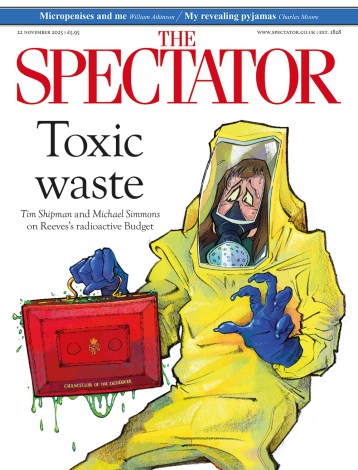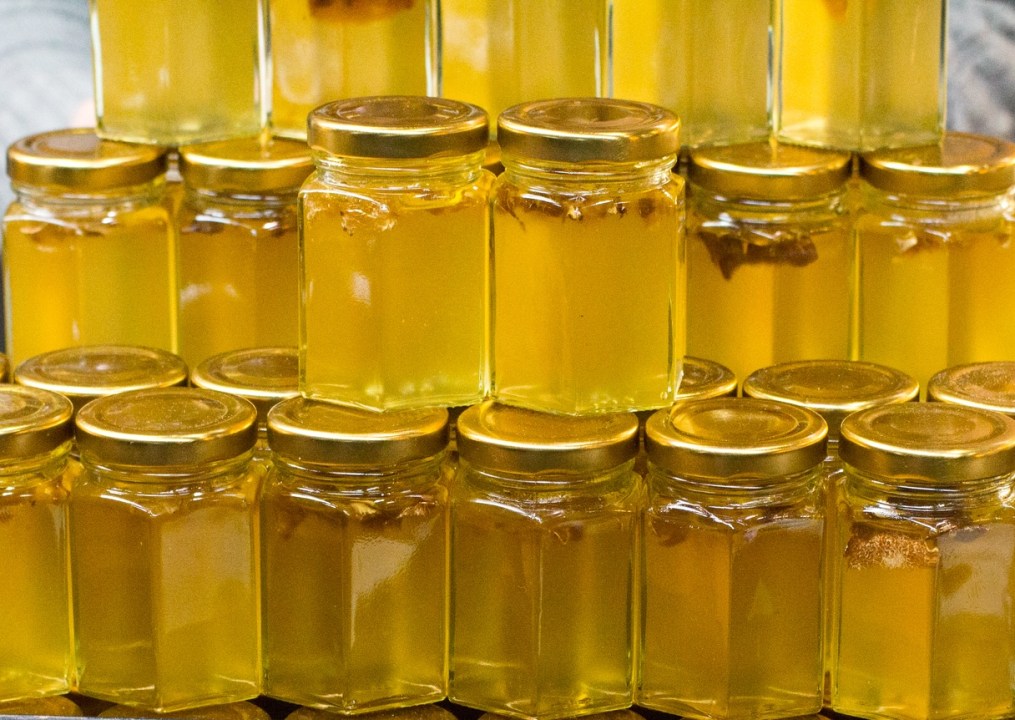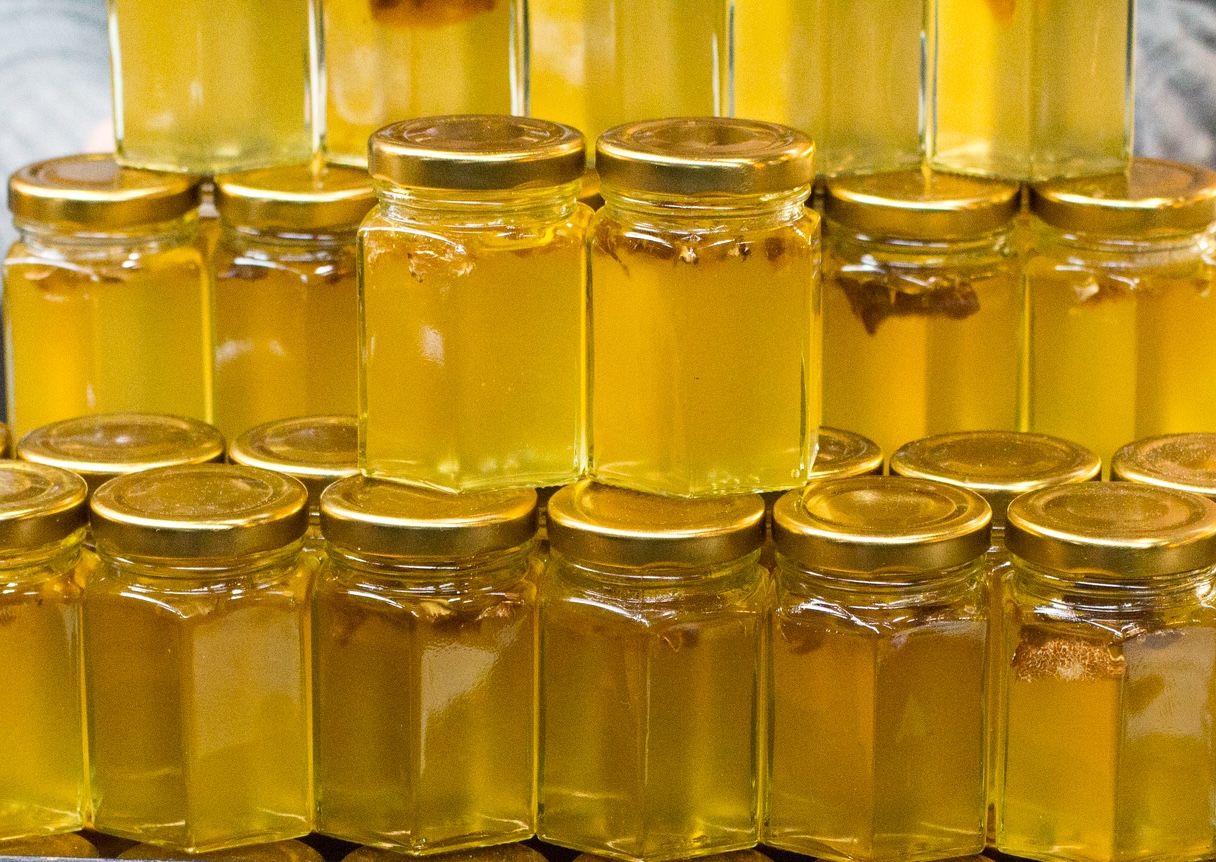Honey enjoys almost superpower status. It is credited with healing viral infections, cuts, hay fever and insomnia, to name but a few of honey-curing maladies. On a regular basis, a particular honey is discovered that bodybuilders swear by, or religious leaders have considered akin to holiness.
I had never been keen, considering it an overly sweet inconvenience of a food: however fancy the spoon used to dispense it, it somehow always ends up on my hands (and my hair) before it reaches the yoghurt. I have tended to stick with a very good quality dark brown sugar when in need of something to take the bitter edge off English strawberries.
I long dismissed gushing reviews from friends about honey-infused booze, having once had a terrible experience as a result of picking up what I thought was an extremely good Tennessee whiskey and finding it tasted sweet as hell. I did try drizzling it on ice cream – but all it did was congeal into a hard lump.
Then I read an article about the stuff, in which I was horrified to learn that 70 per cent of the shop-bought honey in the UK contains added sugar. At first, I felt vindicated, since this would account for the too-sweet aspect I didn’t like – but, curious, I bought some natural, organic, raw honey. I wanted to taste the real thing. Yes, I have been to Greece where there was one of those honeycomb sections at the hotel breakfast, with a proper wooden spoon for swirling, and delicious thick creamy yoghurt to accompany it – but by then I had already told myself I didn’t really like it, sticking with a dollop of strawberry jam instead.
What a fool I have been. It all began with a very pricey small jar from a good delicatessen – one where they don’t rip you off to the point you need a mortgage. I had brought a wedge of Parmesan home from Bologna, and I knew that honey and cheese go together. This particular honey was gently scented with black truffle, so clearly intended for savoury food, and when drizzled on top of a slice of the cheese and eaten with nothing but some ripe pear, it was a revelation. I was hooked. How fickle I am.
Next stop, the organic type – expensive, but night and day compared with the supermarket stuff. I became intrigued: what about cooking with it? I added the tiniest drizzle to a dressing for a raw Asian-type salad made with bean sprouts, carrots, sugar snap peas, green beans, shallots, and topped with some crispy duck. Shaken up with some red chilli, fresh ginger and garlic, lemon juice, soy sauce, and half sesame, half peanut oil, it is a total joy.
When drizzled on a slice of cheese and eaten with some ripe pear, it was a revelation
The cheap stuff tastes just like syrup – which is fine if syrup is what you want. But who wants syrup when you can have small-batch, raw, natural honey, unpasteurised, straight from hive to table and infused with orange blossom, a faint whiff of pine or thyme?
I’ve now tried a cocktail with a drop of honey blended with dry gin and plenty of lemon juice, garnished with unwaxed lemon zest. Not only does it taste great – it also solves the problem of those crunchy bits of undissolved brown sugar at the bottom of the glass.
Since converting, I have become somewhat ridiculous: there are currently six different honeys in my cupboard. I do have a limit, though, and am aware of the existence of both honey aficionados and unscrupulous operators seeking to make a massive profit by ripping you off. The wildly expensive manuka honey that Nigella may well courier over from New Zealand is not for me. Nor do I plan on beekeeping to make my own. One of the cheesecloth-clad regulars at the farmers’ market sells the stuff he harvests from his own garden – and his arms look as if he’s wound up more than one of his bees.








Comments